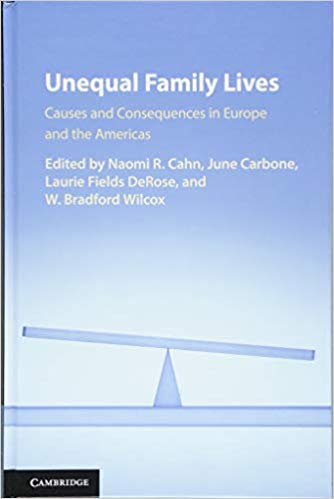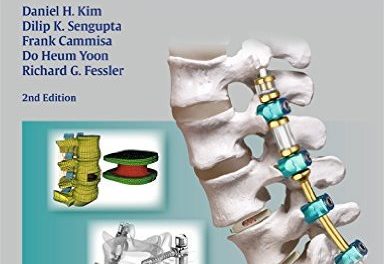 Editors: Naomi R. Cahn, June Carbone, Lauri Fields DeRose, and W. Bradford Wilcox
Editors: Naomi R. Cahn, June Carbone, Lauri Fields DeRose, and W. Bradford Wilcox
Publisher: Cambridge University Press – 327 pages
Book Review by: Sonu Chandiram
Among the numerous questions this book raises and answers, one of the most important ones is this one: “What is the relationship between family structure and economic inequality?”
At the outset, the four editors of this book inform the readers that marriage structures in Europe and the Americas have changed and marriage has declined since the 1990s. And economic inequality in the countries of Europe and in America ‘has become the object of considerable concern among scholars, policymakers and journalists.”
We highlight these words in italics to emphasize that income inequality is of great concern to many sectors of society regardless of political leanings of people, anywhere in the spectrum between ultra liberal on the left to extremely conservative on the right.
Obviously there are many types of family structures, just as there are many levels of economic inequality that may be quantifiable. But this book contains many types of questions the answers to which may or may not be quantifiable.
Twenty specialists on family matters from all over the United States and in six other countries – Finland, Germany, Italy, Spain, Sweden, and the United Kingdom – authored or coauthored the 13 chapters of this book that we list below to provide you the range of topics covered, explored, and discussed in this book:
Introduction
- Part I. The Increasingly Unequal Socioeconomic Character of Family Life
- Families Unequal: Socioeconomic Gradients in Family Patterns across the United States and Europe
- Families in Latin America: Dimensions, Diverging Trends, and Paradoxes
- Part II. The Causes of Increasingly Family Structures
- How Inequality Drives Family Formation: The Prima Facie Case
- Universal or Unique? Understanding Diversity in Partnership Experiences across Europe
- Family Structure and the Decline of Work for Men in Postwar America
- Consequences of Growing Divergence
- Single-Mother Families: Mother’s Educational Level, Children’s School Outcomes: A Study of Twenty-One Countries
- Family Structure and Socioeconomic Inequality of Opportunity in Europe and the United States
- Families and the Wealth of Nations: What Does Family Structure Have to Do with Growth Around the Globe?
- Part IV. Bridging the Growing Family Divide
- Family Policy, Socioeconomic Inequality, and the Gender Revolution
- Where’s the Glue? Policies to Close the Family Gap
- Part V. Commentary and Concluding Reflections
- The Pathology of Patriarchy and Family Inequalities
- Concluding Reflections: What Does Less Marriage Have t Do with More Family Inequality?
- Commentary, Afterword, and Concluding Thoughts on Family Change and Economic Inequality
References
The main points made in this book by the editors in the Introduction are the following:
- The conversation about income inequality has not systematically focused on the ways in which changes in family structure may be connected to income inequality, both as a consequence and a cause of this inequality. In other words, does a strong family structure lead to economic stability? It seems so.
- This book explores what is actually happening to the family in the Americas and in Europe. It discusses various factors and characteristics of families that underlie variations in family structures and income inequality
- This book also explores the ways in which economic and changes reinforce one another
- The editors hope that this book adds richness and depth to the understanding of the relationship between family and economics.
This is an important book because it raises important issues about the family, particularly about income inequality and provides the answers through findings
This book is loaded with large amounts of documentary evidence from research studies to support the findings and conclusions of the authors on a large range of matters pertaining to the family. Empirical data add tremendous value to all sorts of assertions. They are like the foundations of buildings without which those structures would not stand for long and collapse
Editors:
Naomi R. Cahn is the Harold H. Greene Chair at George Washington University School of Law in Washington DC.
June Carbone is the Robina Chair in Law, Science, and Technology at University of Minnesota School of Law.
Lauri Fields DeRose teaches in the Department of Sociology at Georgetown University in Washington DC and is Director of Research for the World Family Map Project at the Institute of Family Studies in New York, New York.
Bradford Wilcox is Professor of Sociology and Director of the National Marriage Project at the University of Virginia, and is a Senior Fellow at the Institute of Family Studies in New York, New York.







